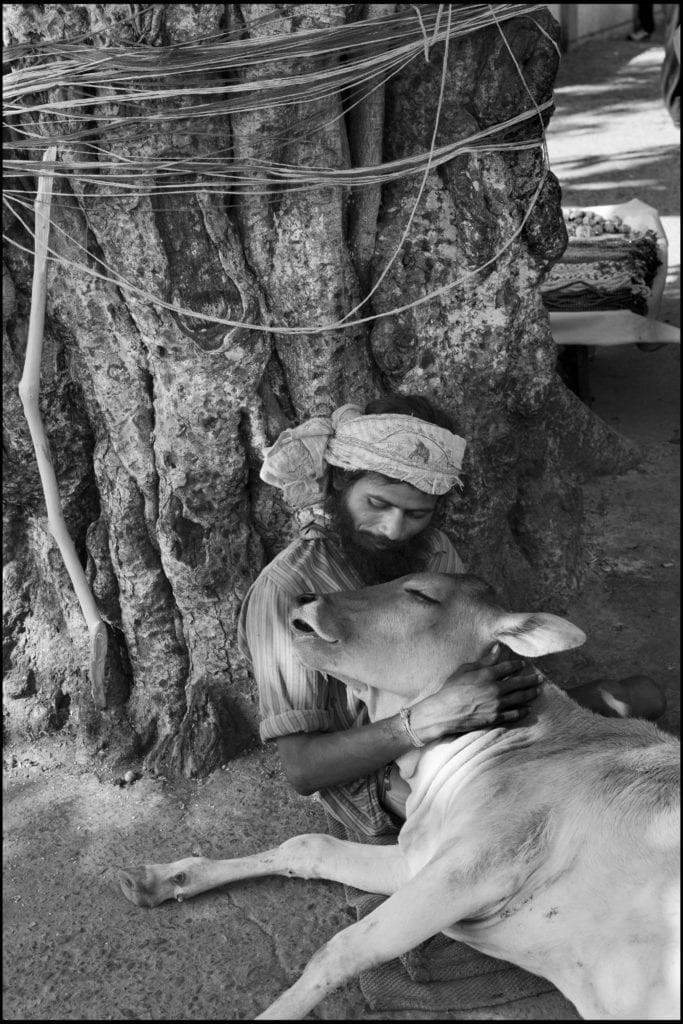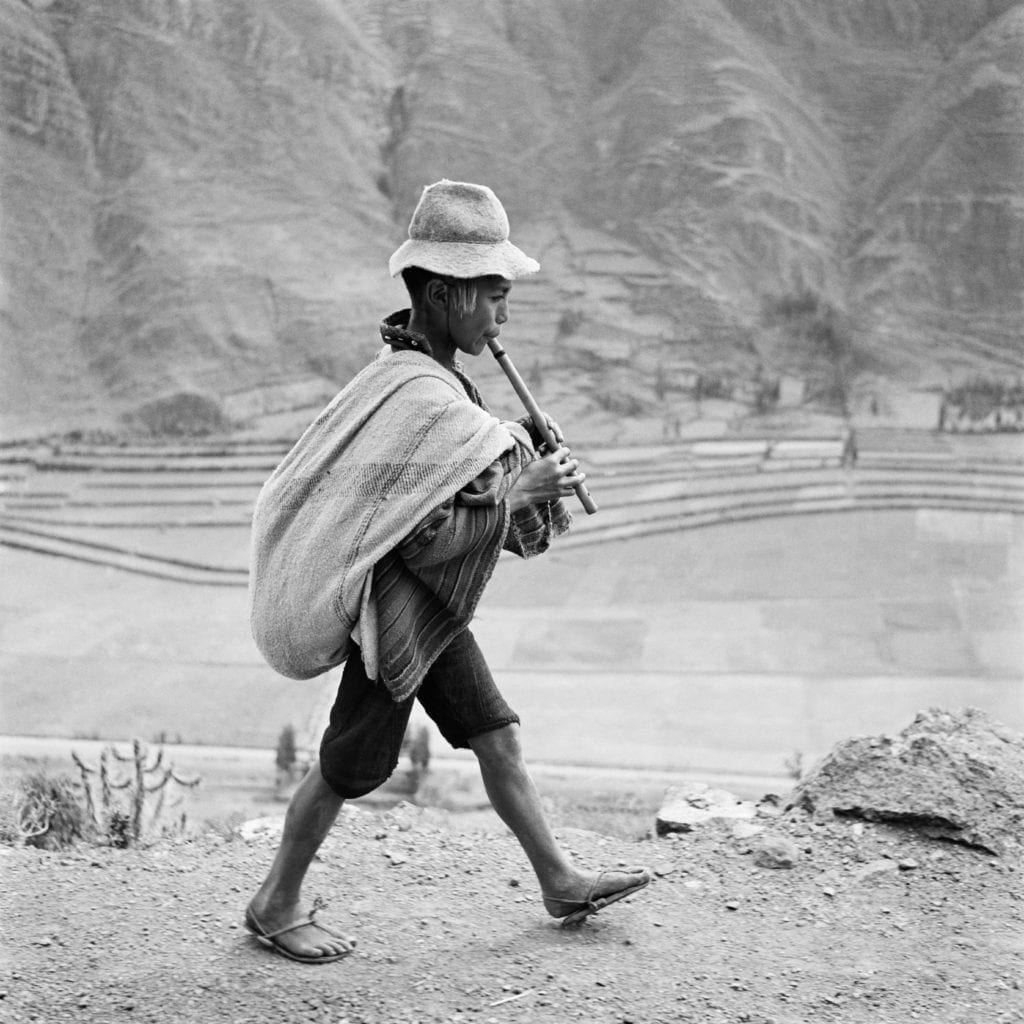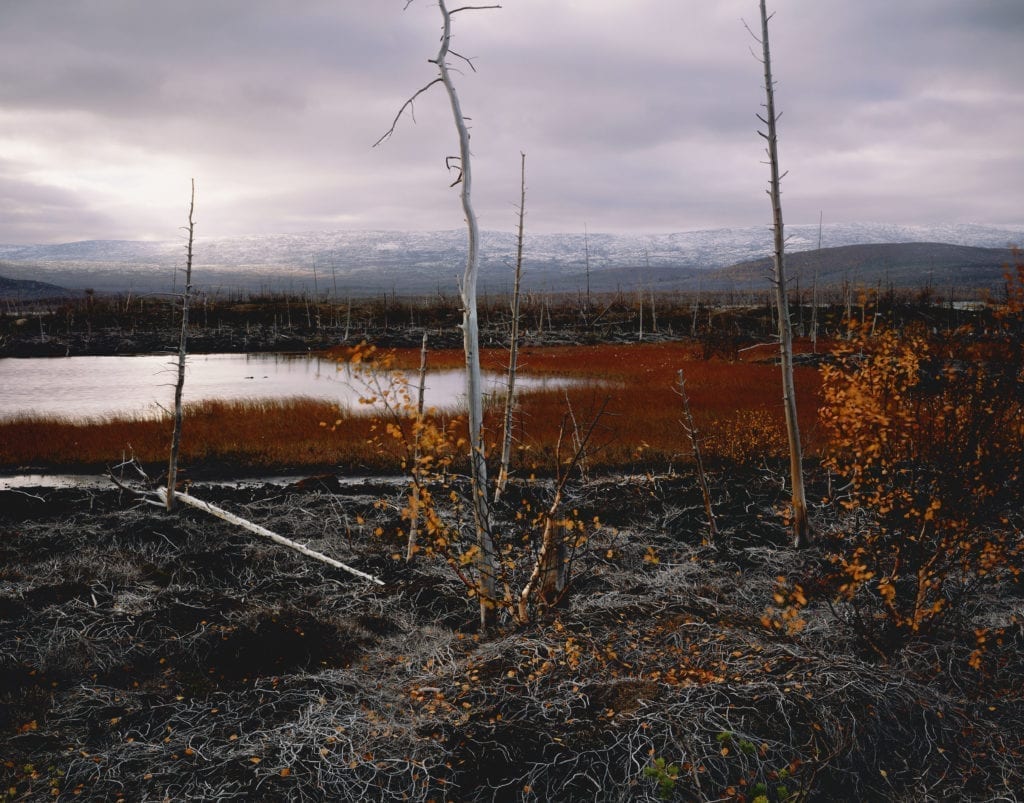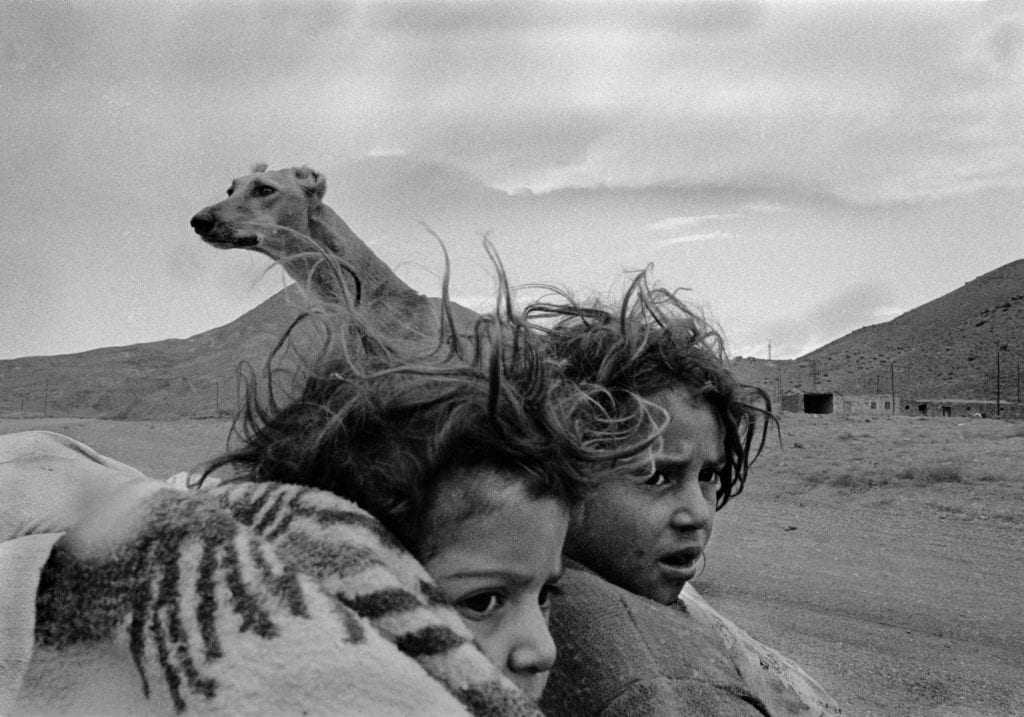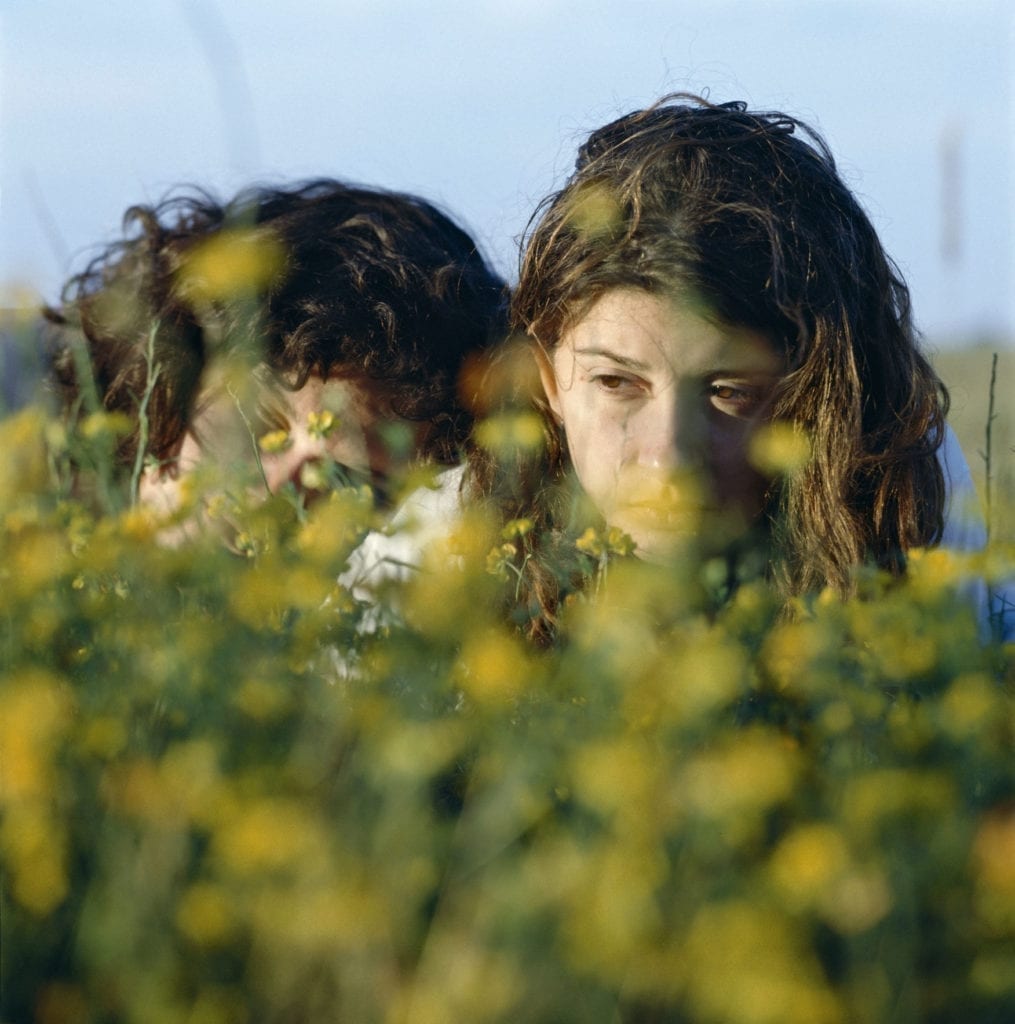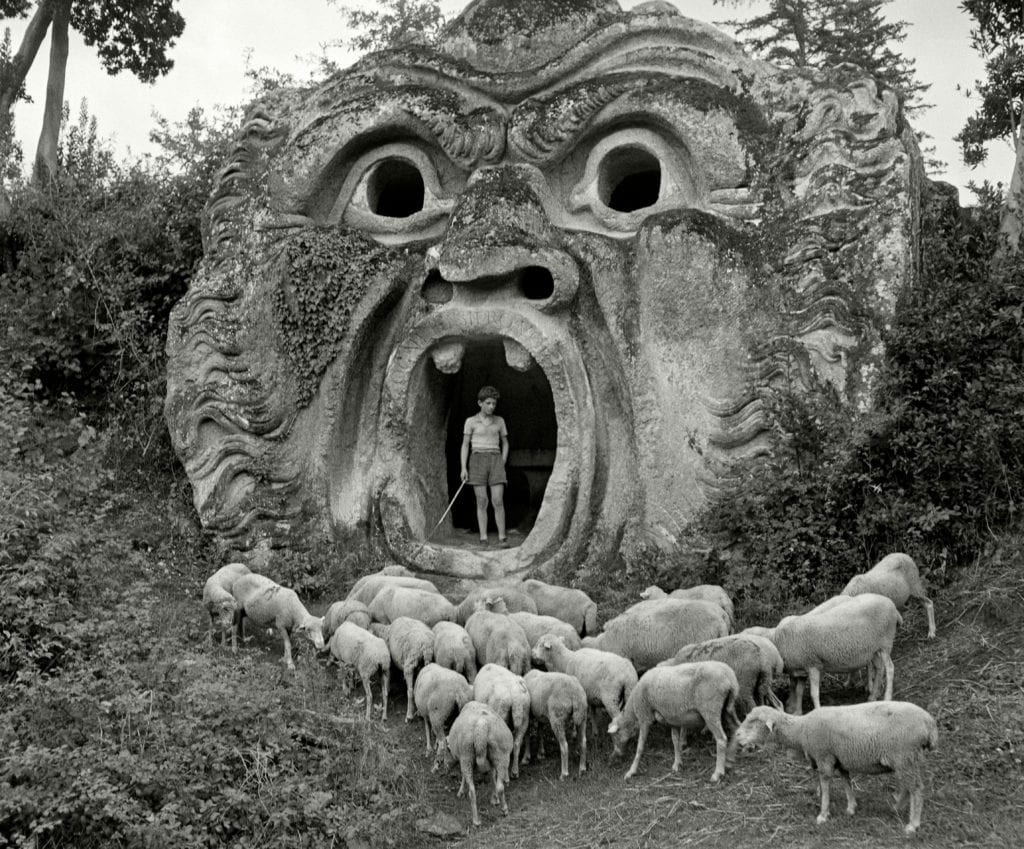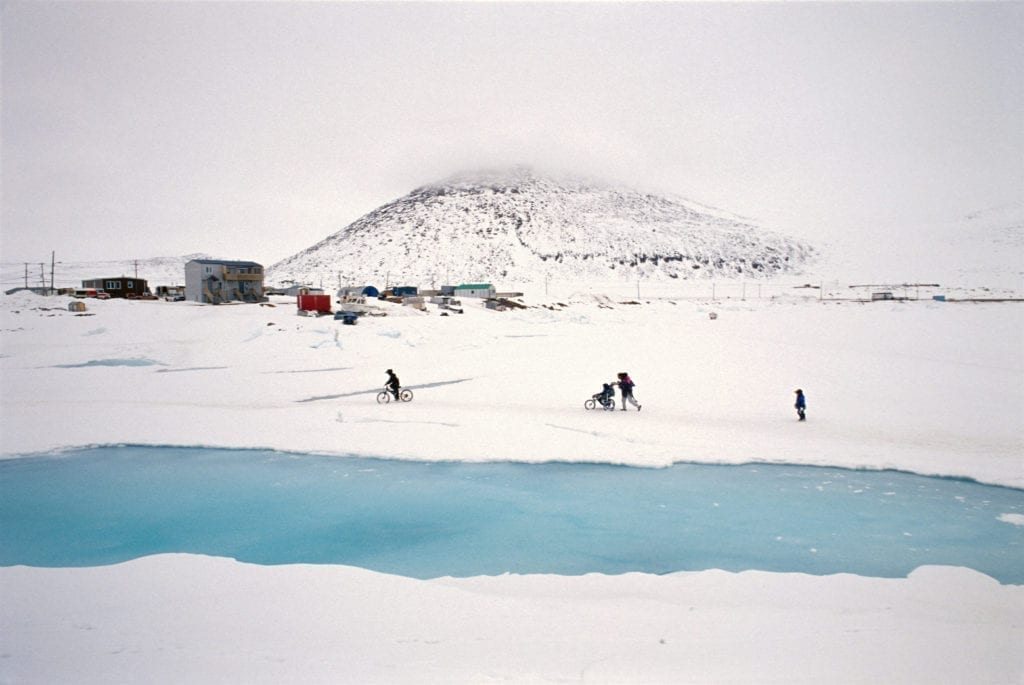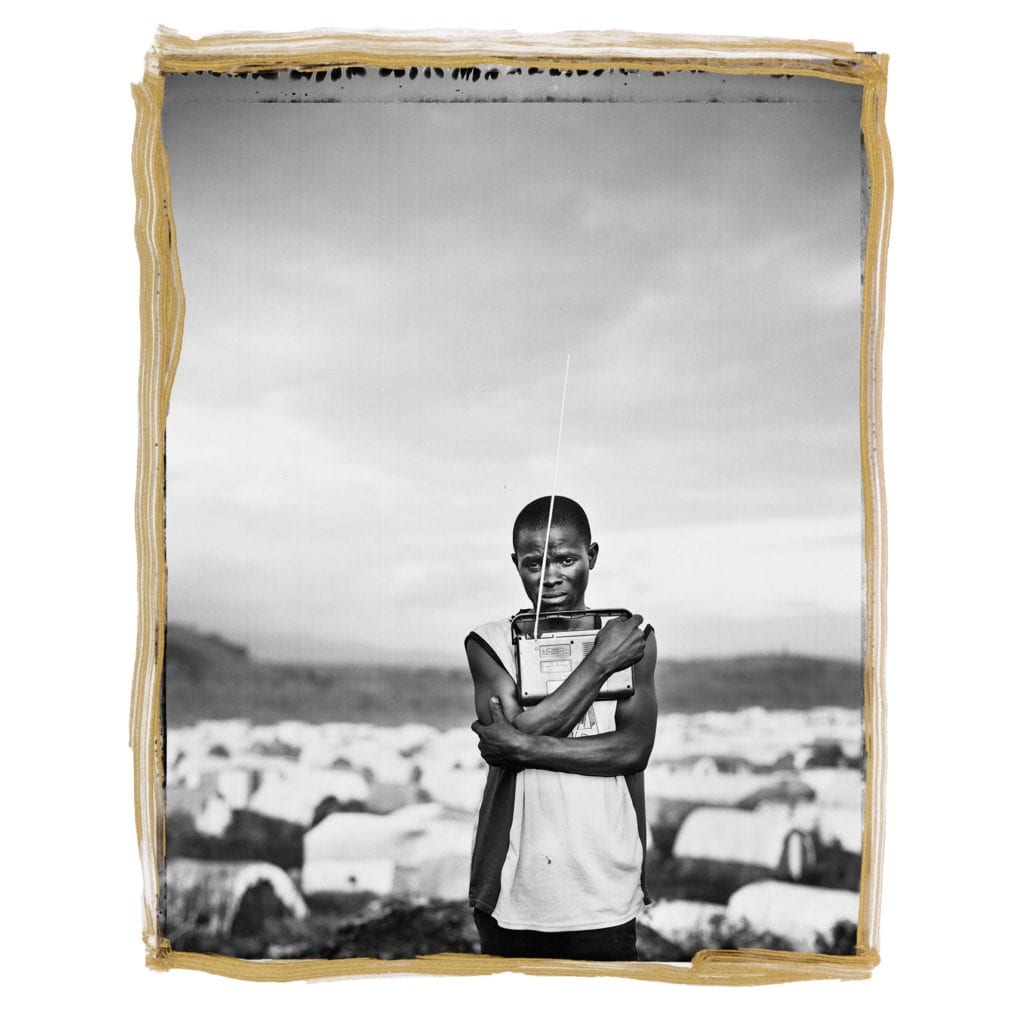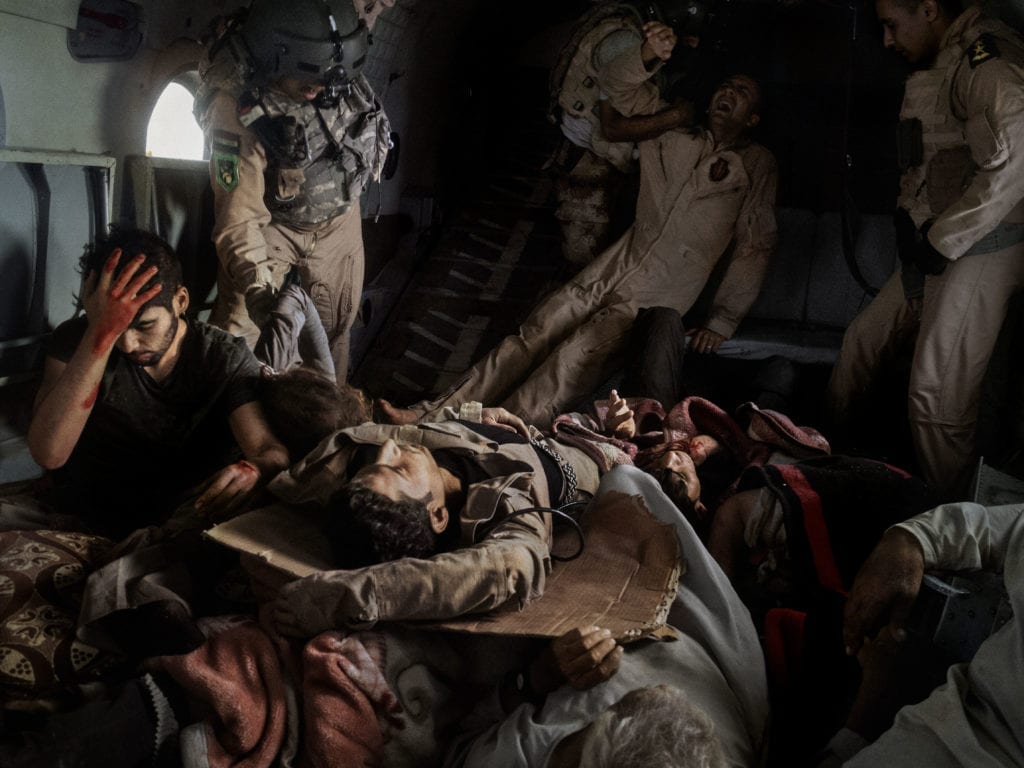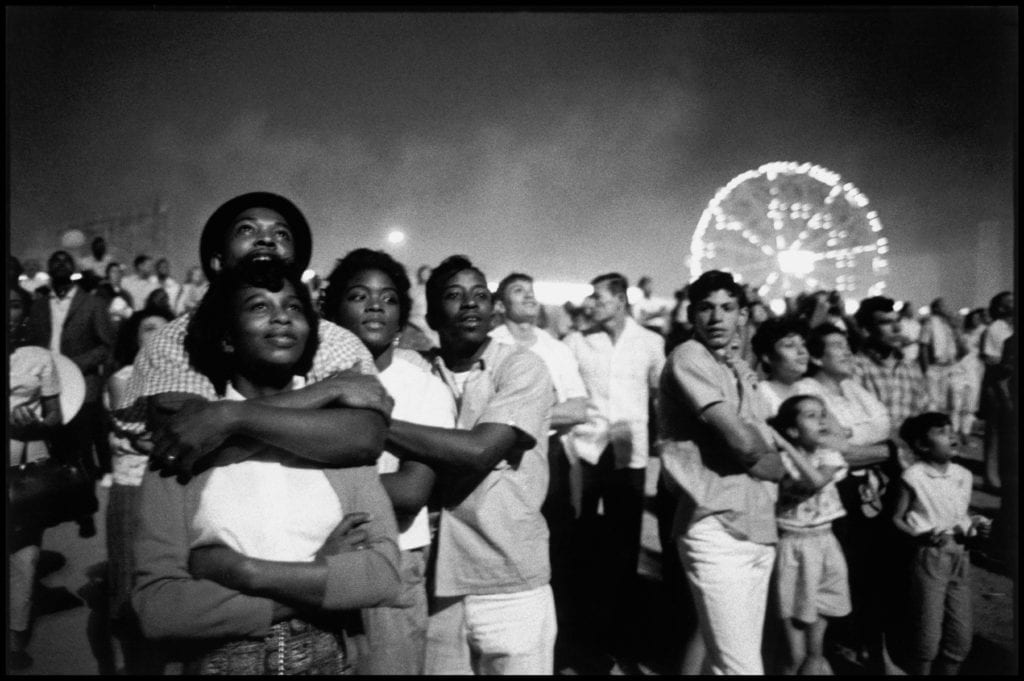The connection between photographer and subject is a vital element in the power of an individual photograph. In turn, the image has the power to inspire, inform and communicate human engagement. In 1948, David ‘Chim’ Seymour would come to pioneer this visual form of emotional empathy t hrough his work with UNICEF – following the children orphaned and scarred by the consequences of the Second World War. Working for six months on a dramatically reduced fee, Chim painstakingly travelled across Europe shooting 257 rolls of film, going beyond mere illustration of UNICEF’s work, the assignment became a labour of love, revealing his unique capacity to awaken the public’s conscience to war’s most vulnerable victims. His unapologetically compassionate approach reflected both his deep seated humanism and unique ability to treat those he photographed with equanimity, reverence and respect, developing a genuine human connection that would become emblematic of the engagement at the heart of documentary photography today. Chim’s photographs remain an indispensible part of history, creating a style of photography which has not only shaped the ethos of Magnum Photos and it’s photographers, but forged a legacy that will continue to influence generations of photographers to come. ABBAS Homage to Chim (David Seymour) © Abbas / Magnum Photos Visit Magnum print sale >> WERNER BISCHOF A flute player on the road to Cuzco, near Písac, in the The Sacred Valley of the Urubamba River, Peru. May, 1954 © Werner Bischof / Magnum Photos Visit Magnum print sale >> STUART FRANKLIN RUSSIA. Kola Penninsula. Polluted landscape affected by nickel smelter. 2006 © Stuart Franklin / Magnum Photos Visit Magnum print sale >> NIKOS ECONOMOPOULOS Nomads. Village in Kars, Turkey, 1990 © Nikos Economopoulos / Magnum Photos Visit Magnum print sale >> ALESSANDRA SANGUINETTI Yuyitos (Flowers) Buenos Aires. 2005 © Alessandra Sanguinetti / Magnum Photos Visit Magnum print sale >> HERBERT LIST Park of the Palazzo Orsini. Bomarzo, Italy. 1952 © Herbert List / Magnum Pohots Visit Magnum print sale >> JONAS BENDIKSEN Qikiqtarjuaq, Canada. 2004 © Jonas Bendiksen / Magnum Photos Visit Magnum print sale >> JIM GOLDBERG Prized Possession (#2). Democratic Republic of the Congo, Africa. 2008 © Jim Goldberg / Magnum Photos Visit Magnum print sale >> MOISES SAMAN Iraq, Sinjar Mountains, 2014 © Moises Saman / Magnum Photos Visit Magnum print sale >> BRUCE DAVIDSON Coney Island July Fourth Fireworks. New York City, U.S.A. 1962 © Bruce Davidson / Magnum Photos Magnum’s ‘Conditions of the Heart: on empathy and connection in photography’ Square Print Sale runs 31st October 2016 at 8am (EST) until Friday, 4th November 2016 at 6pm (EST). Each print is signed and estate stamped to museum quality. A 6×6” prints costs $100. See here for details and how to buy prints . Sale ends November 4th, 6pm (EST).
